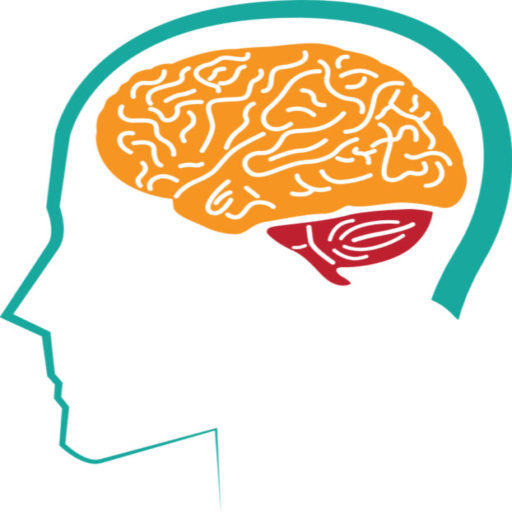Introduction
Post-Traumatic Stress Disorder (PTSD) is a complex and debilitating condition that can affect individuals who have experienced traumatic events. While traditional therapies are effective for many, some trauma survivors find it challenging to express and process their emotions verbally. Music therapy offers an alternative and powerful approach to managing PTSD. In this article, we will explore the healing power of music for trauma survivors, techniques used in music therapy sessions, and share personal success stories and therapeutic outcomes.
The Healing Power of Music
Music as a Universal Language
Music is often described as a universal language that transcends cultural and linguistic boundaries. Its emotive and evocative qualities make it a potent medium for emotional expression and communication. For trauma survivors, music can serve as a safe and non-threatening means of addressing and working through their traumatic experiences.
Emotional Regulation
Music can evoke a wide range of emotions, which can be harnessed for therapeutic purposes. Trauma survivors often struggle with emotional dysregulation, and music can help them identify, process, and regulate their feelings in a controlled and supportive environment.
Enhancing Connectivity
Music can facilitate connections between individuals, including the therapeutic relationship between the client and the music therapist. The act of creating music or sharing musical experiences can build trust and rapport, making it easier for trauma survivors to engage in therapy.
Techniques Used in Music Therapy
Music therapy employs various techniques to help trauma survivors manage PTSD:
1. Songwriting and Lyric Analysis
Trauma survivors are encouraged to write their own songs or analyze existing lyrics that resonate with their experiences. This process allows them to express their emotions and thoughts while gaining insights into their trauma.
2. Guided Imagery and Music (GIM)
GIM is a music-centered psychotherapy technique that involves listening to carefully selected music in a relaxed state. Trauma survivors are encouraged to explore their thoughts and emotions while immersed in the music, often leading to profound insights and healing.
3. Drumming and Rhythm Activities
Drumming and rhythm activities can be particularly effective in trauma therapy. These activities promote emotional expression and provide a safe outlet for pent-up feelings. Drum circles and group drumming sessions can foster a sense of community and support.
4. Relaxation and Mindfulness
Music therapy incorporates relaxation and mindfulness techniques using soothing music to help trauma survivors manage anxiety and stress. Clients learn to use music as a tool for relaxation and self-soothing.
5. Instrument Play
Clients are encouraged to play musical instruments, even if they have no prior musical experience. This hands-on approach allows them to express themselves non-verbally and provides a sense of empowerment.
Personal Success Stories and Therapeutic Outcomes
Case Study 1: Emily’s Journey to Healing
Emily, a survivor of a traumatic car accident, experienced severe PTSD symptoms, including nightmares and panic attacks. Traditional talk therapy alone did not yield significant progress.
Benefits of Music Therapy: Emily began music therapy sessions, which incorporated guided imagery and music. During these sessions, she listened to carefully selected music that facilitated deep relaxation and introspection. Emily’s therapist guided her through visualizing her traumatic experience while providing emotional support.
Over time, Emily reported a reduction in the frequency and intensity of nightmares. She developed healthy coping mechanisms for managing panic attacks, often turning to music to calm herself. Emily also expressed her emotions through songwriting, which allowed her to process her trauma and regain a sense of agency in her life.
Case Study 2: Michael’s Path to Recovery
Michael, a military veteran, struggled with severe combat-related PTSD. He experienced intense anger, hypervigilance, and social isolation, which hindered his ability to reintegrate into civilian life.
Benefits of Music Therapy: Michael participated in group drumming sessions as part of his music therapy treatment. The rhythmic and expressive nature of drumming allowed him to release pent-up emotions and reduce his hypervigilance.
Michael’s involvement in the drumming group also provided a sense of camaraderie and belonging. The shared musical experience with fellow veterans helped him reconnect with others and regain a sense of community.
Case Study 3: Sarah’s Musical Transformation
Sarah, a survivor of childhood abuse, struggled with emotional numbness and dissociation. She found it challenging to engage in traditional talk therapy due to her difficulty expressing her emotions verbally.
Benefits of Music Therapy: Sarah’s music therapist introduced her to songwriting as a means of expression. Sarah began writing lyrics that conveyed her pain and confusion. Over time, she composed songs that reflected her journey from victimhood to survivorship.
Music therapy allowed Sarah to tap into her emotions and express her trauma in a way that felt safe and empowering. She also used instrumental play to externalize her emotions when words failed her. Through music therapy, Sarah gradually reconnected with her feelings and developed healthier ways of coping.
Conclusion
Music therapy offers a transformative and holistic approach to managing PTSD for trauma survivors. The healing power of music lies in its ability to provide a non-verbal outlet for emotional expression, regulate emotions, and foster connectivity between individuals. Techniques such as songwriting, guided imagery and music, drumming, relaxation, and instrument play empower trauma survivors to embark on their journey to healing.
The personal success stories and therapeutic outcomes showcased in this article highlight the effectiveness of music therapy in addressing the complex and debilitating symptoms of PTSD. As a complementary therapy, music therapy can be integrated into existing treatment plans, offering individuals a unique and creative path towards recovery and resilience.
Ultimately, music therapy underscores the profound impact of music on the human psyche and serves as a testament to the enduring strength of the human spirit in overcoming trauma.
References
- American Music Therapy Association. (2023). What is Music Therapy? https://www.musictherapy.org/about/musictherapy/
- Silverman, M. J. (2003). The Handbook of Music Therapy (2nd ed.). Routledge.
- Baker, F. A., Wigram, T., & Rickson, D. (2008). The Effects of Group Drumming on Social-Emotional Behavior in Low-Income Children. Ecole des Parents et des Educateurs, 38(1), 69–79.
- Shultis, C. L. (2015). The Healing Power of Drum Circles. Journal of Creativity in Mental Health, 10(2), 232–245. https://doi.org/10.1080/15401383.2014.999046

